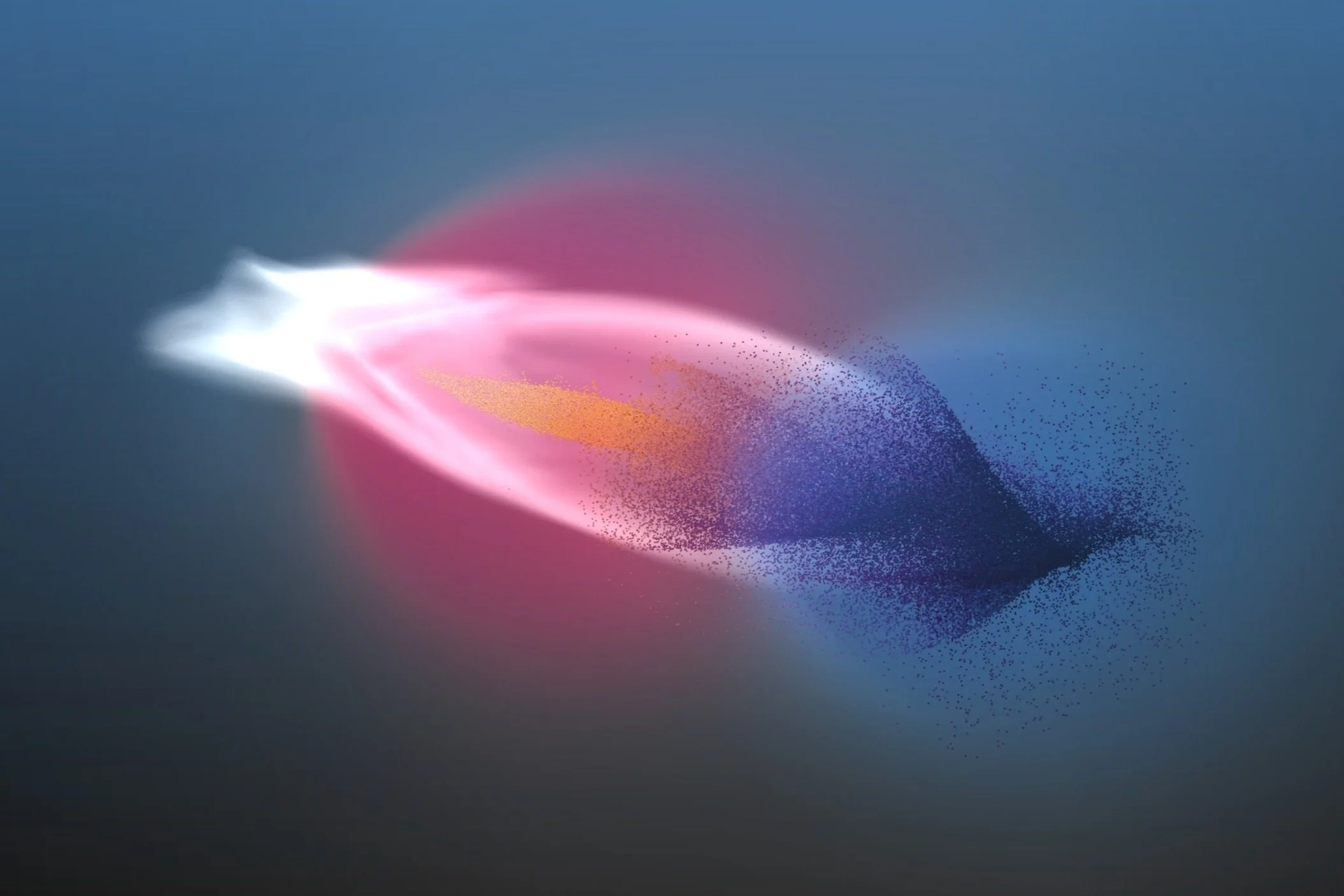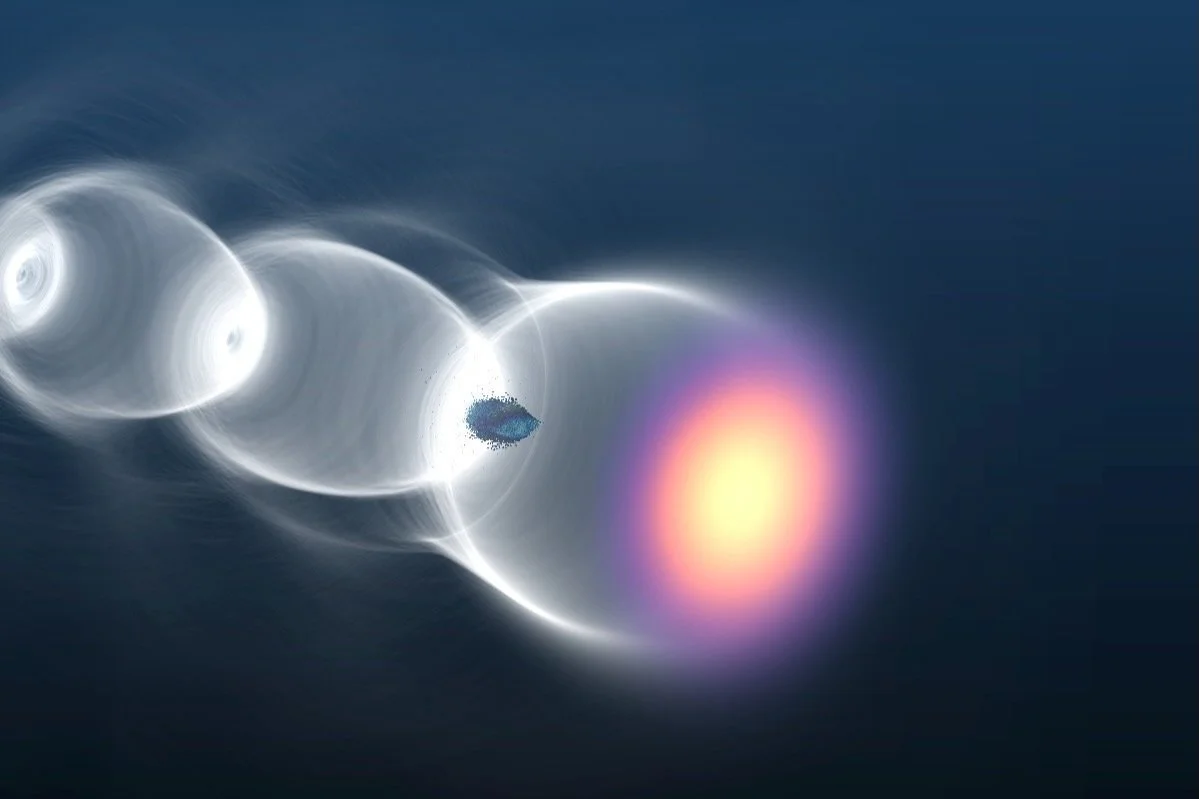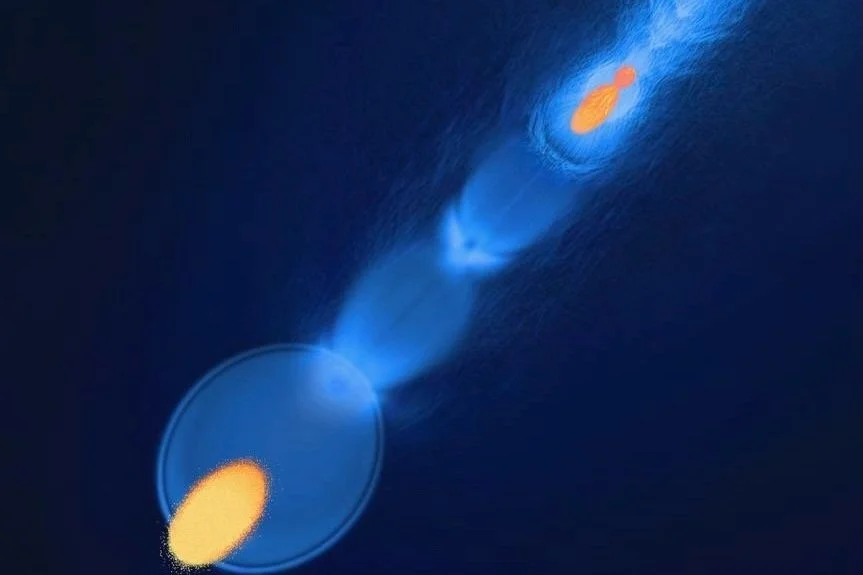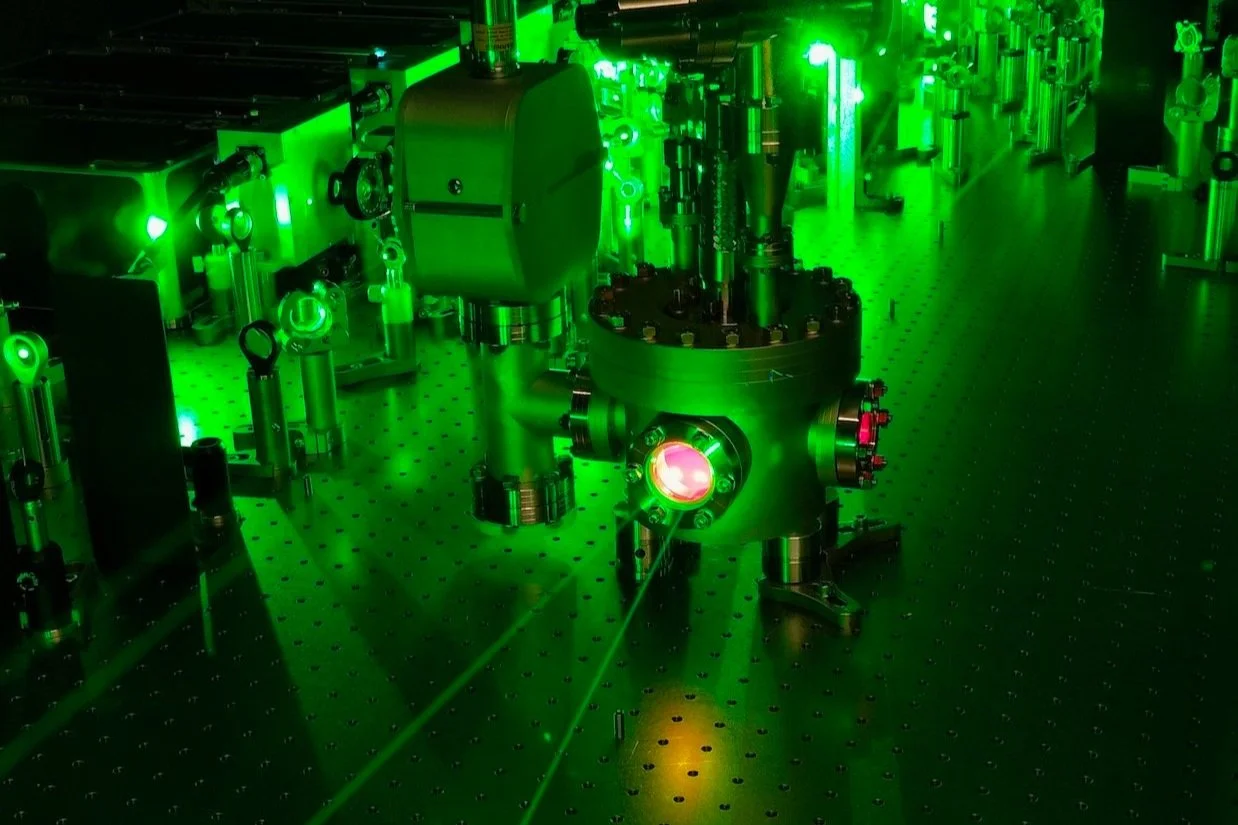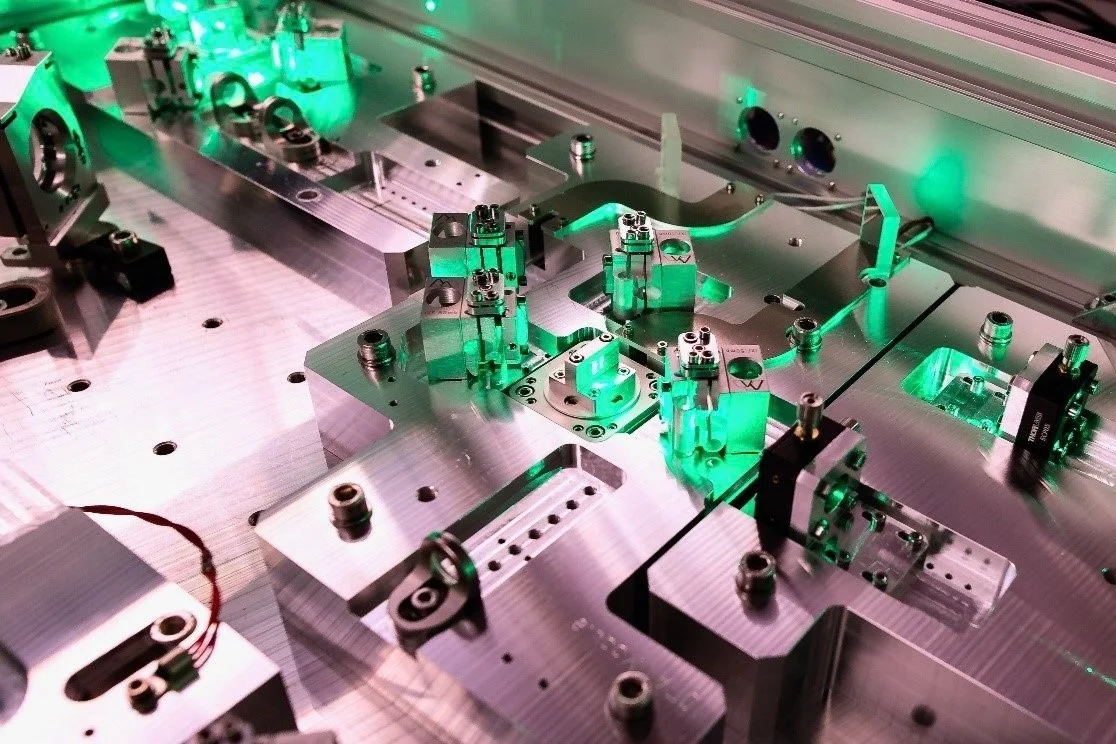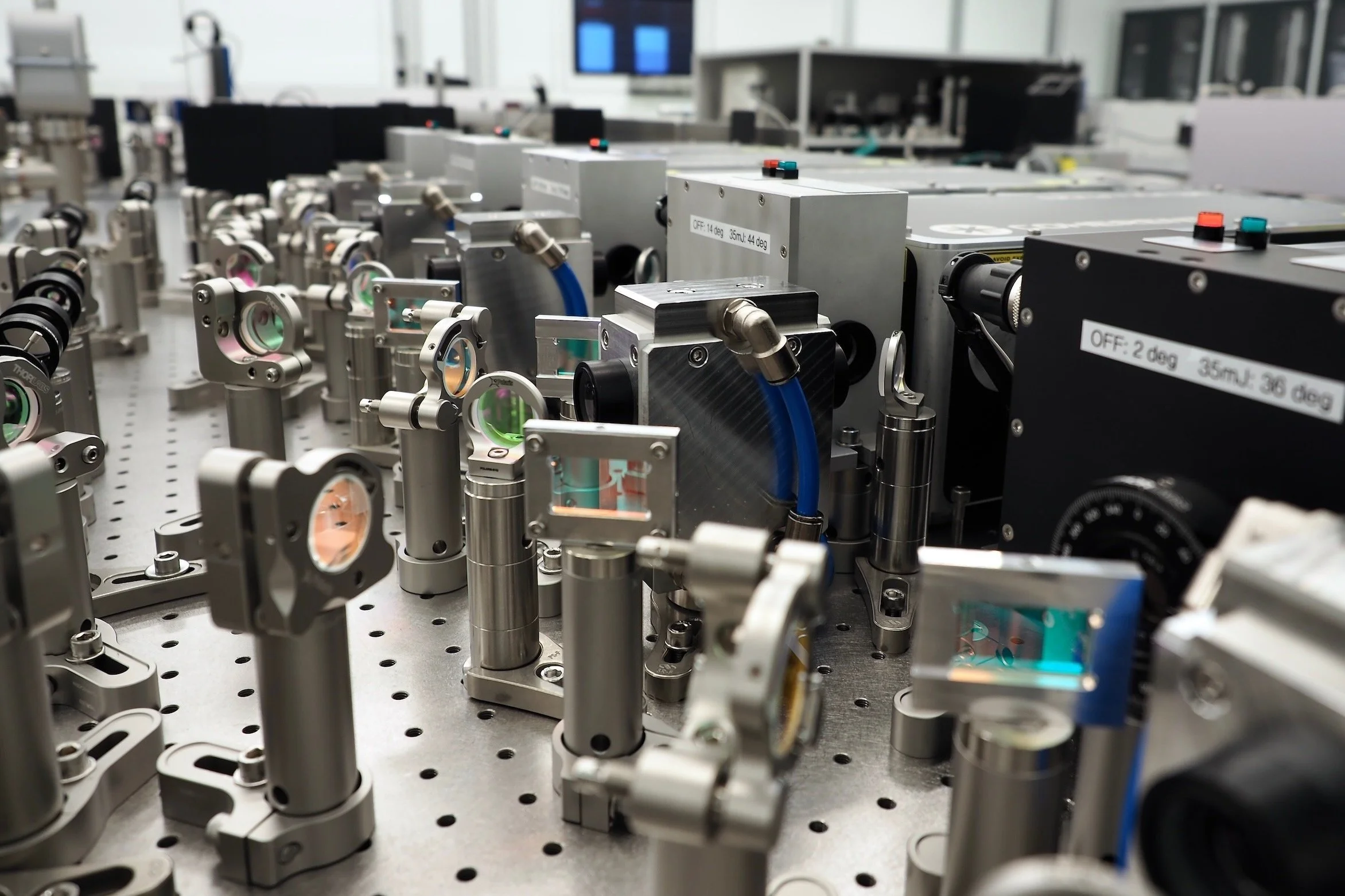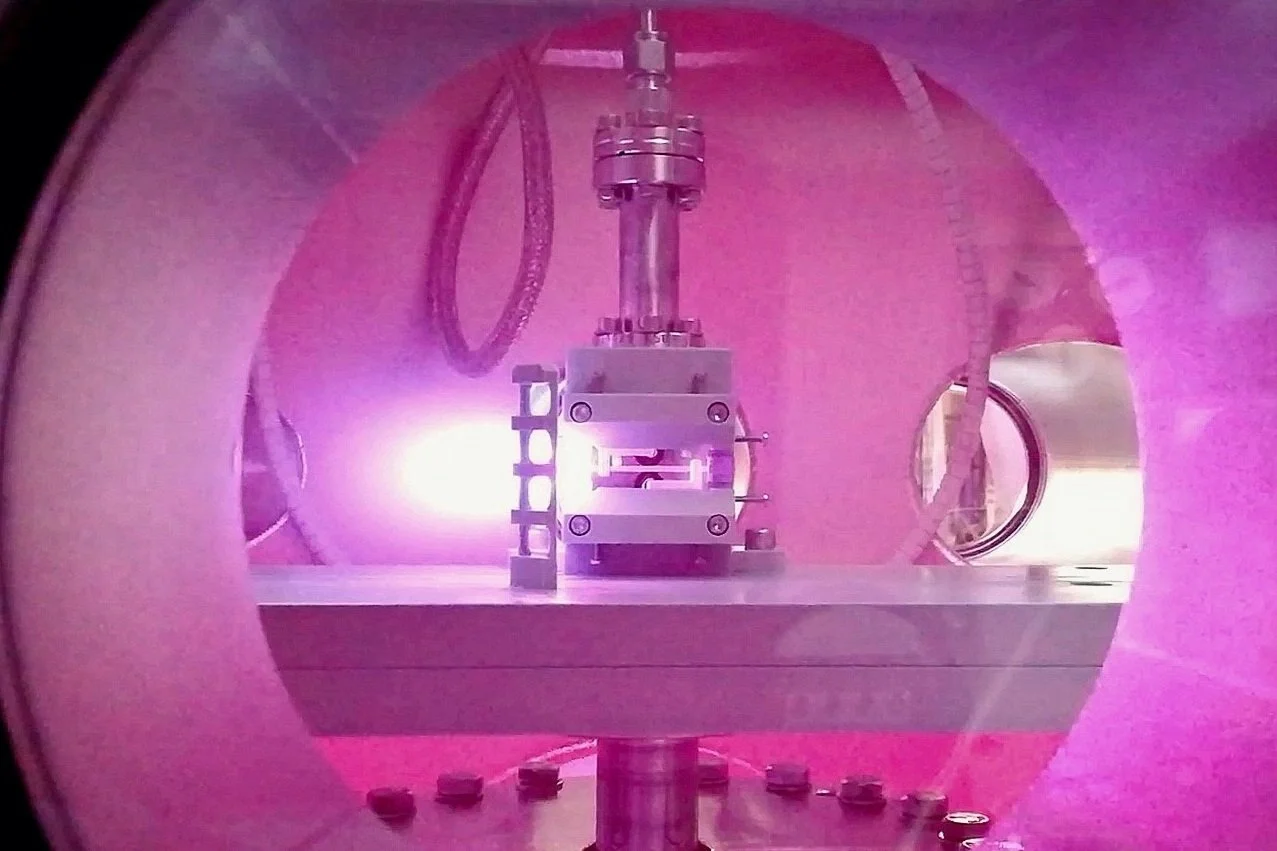

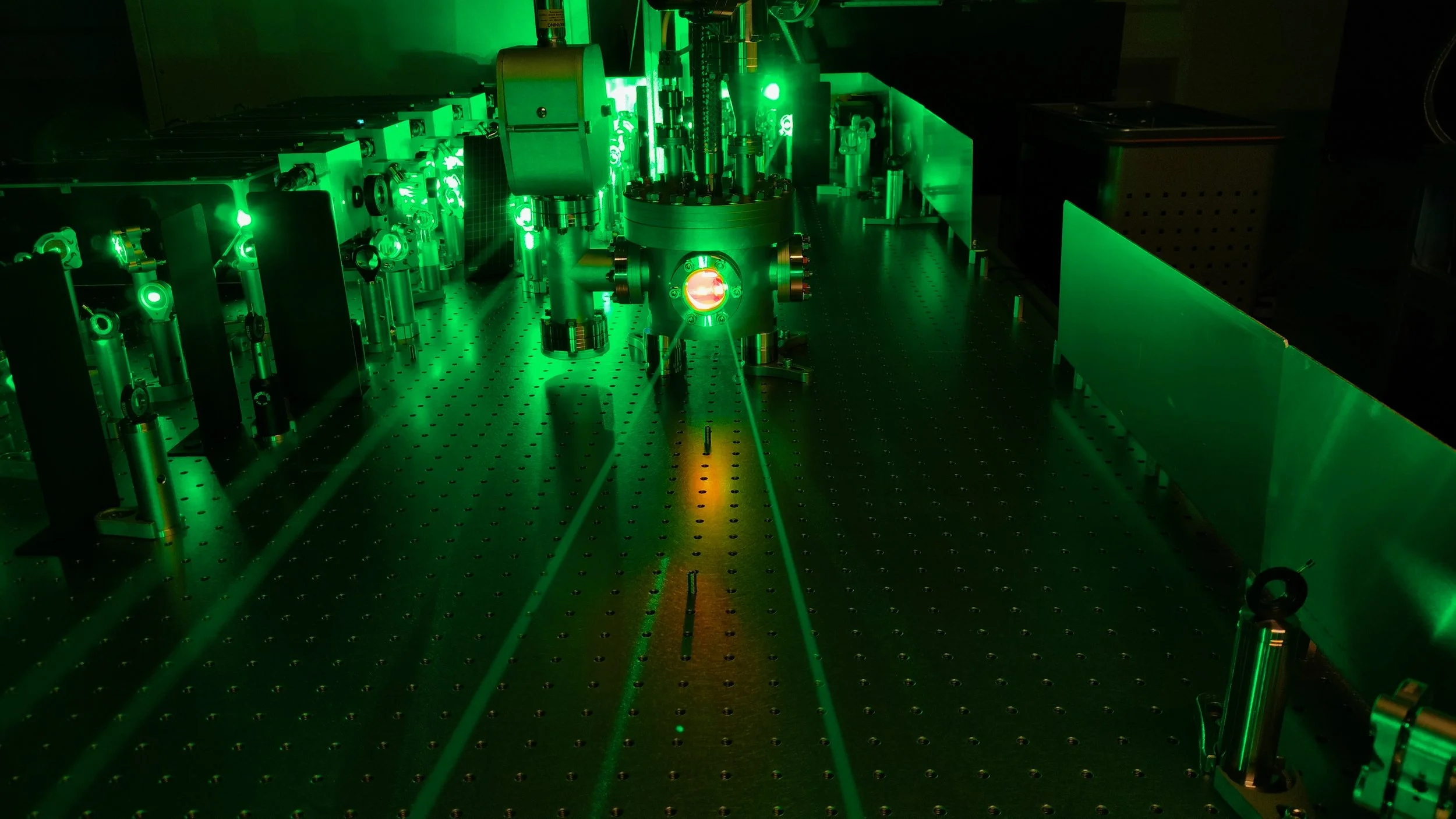
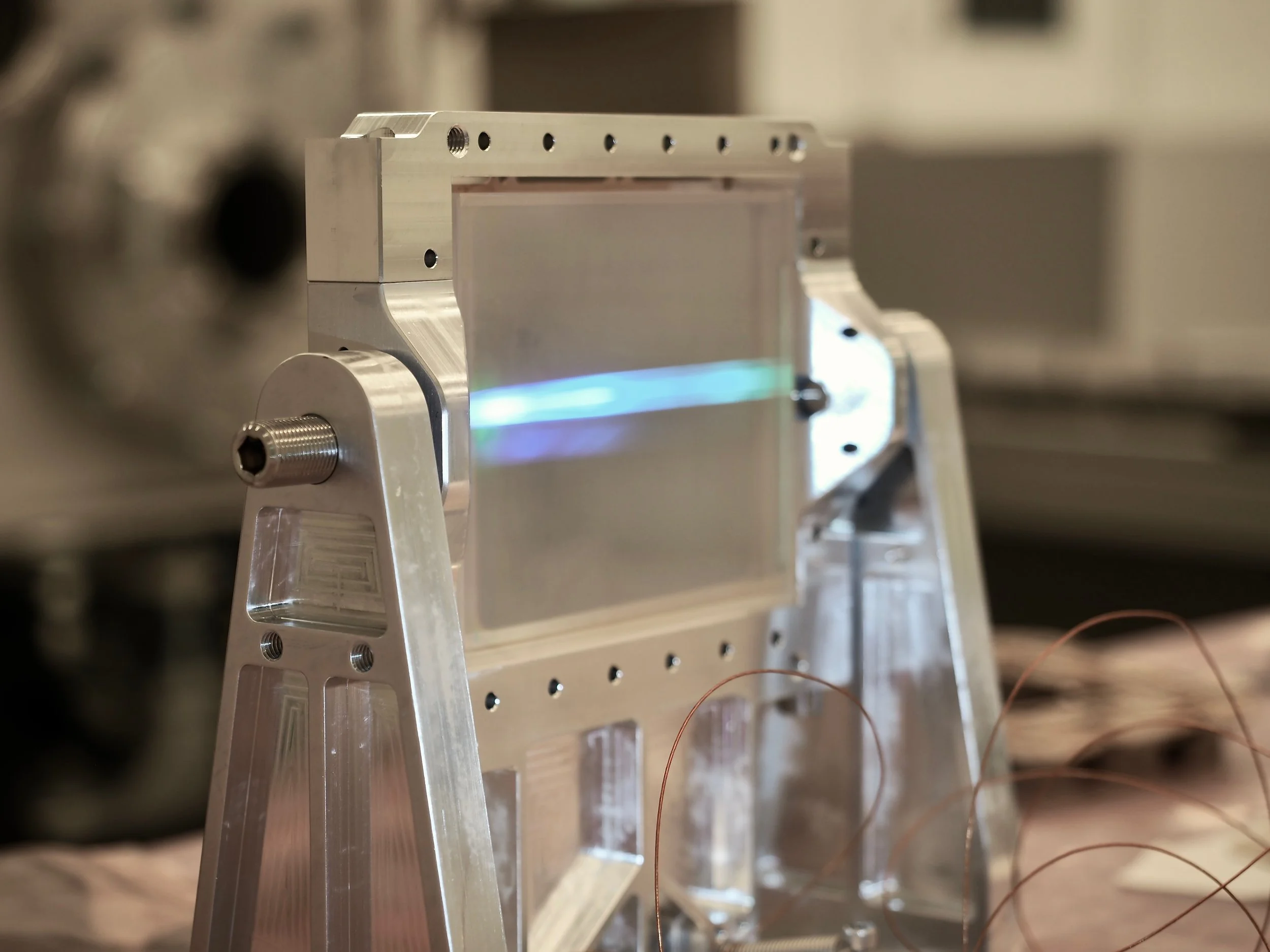
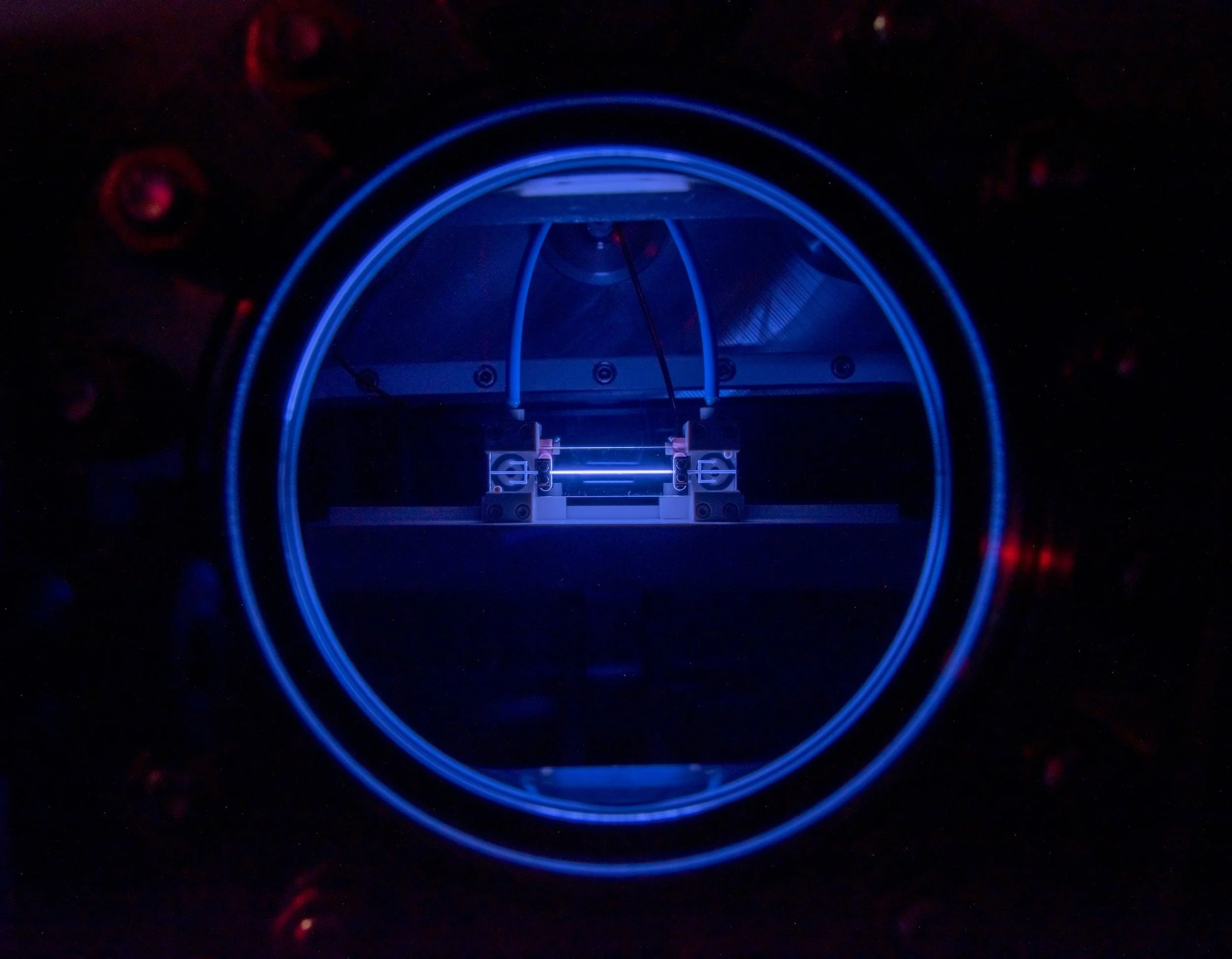
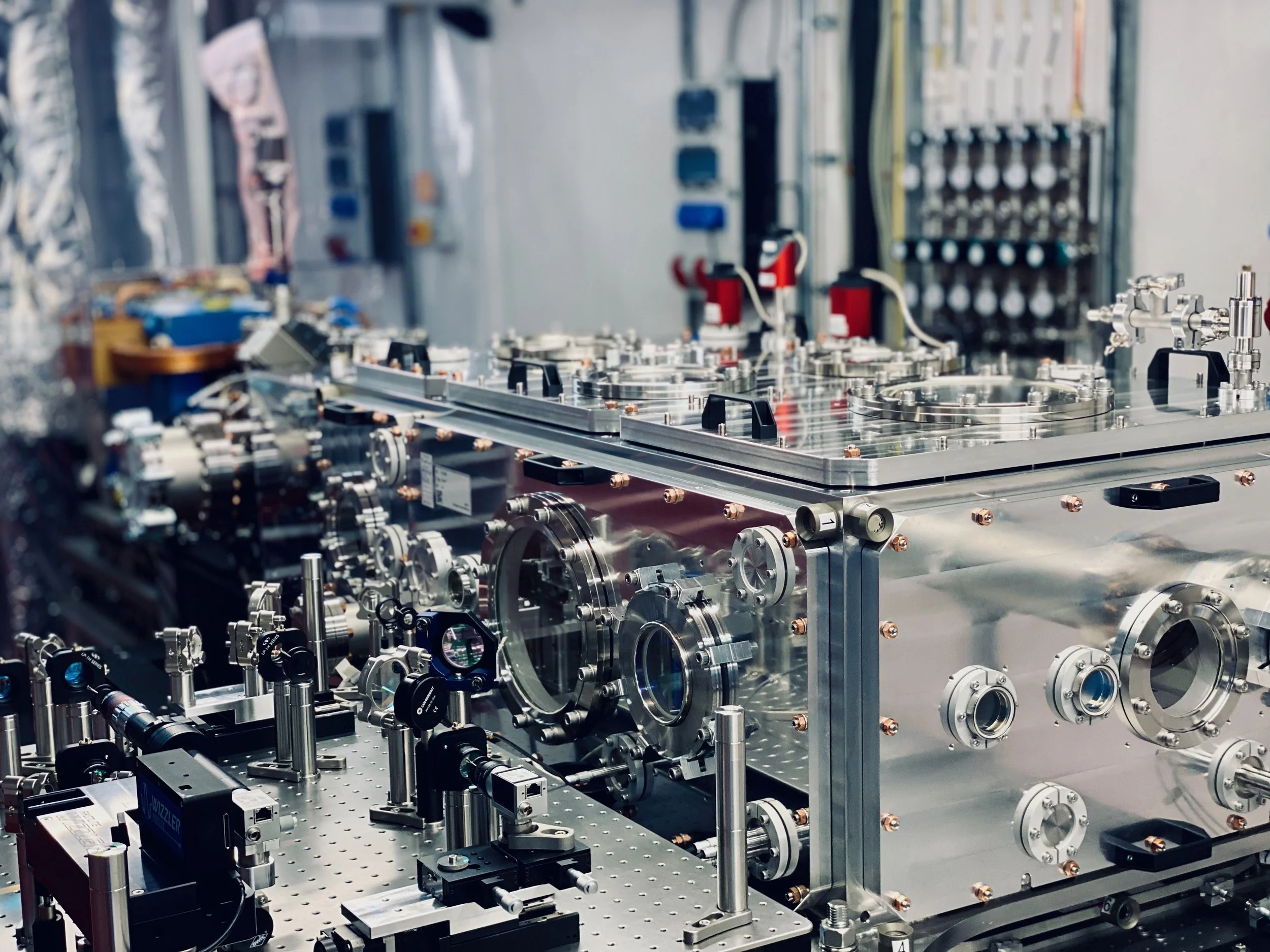
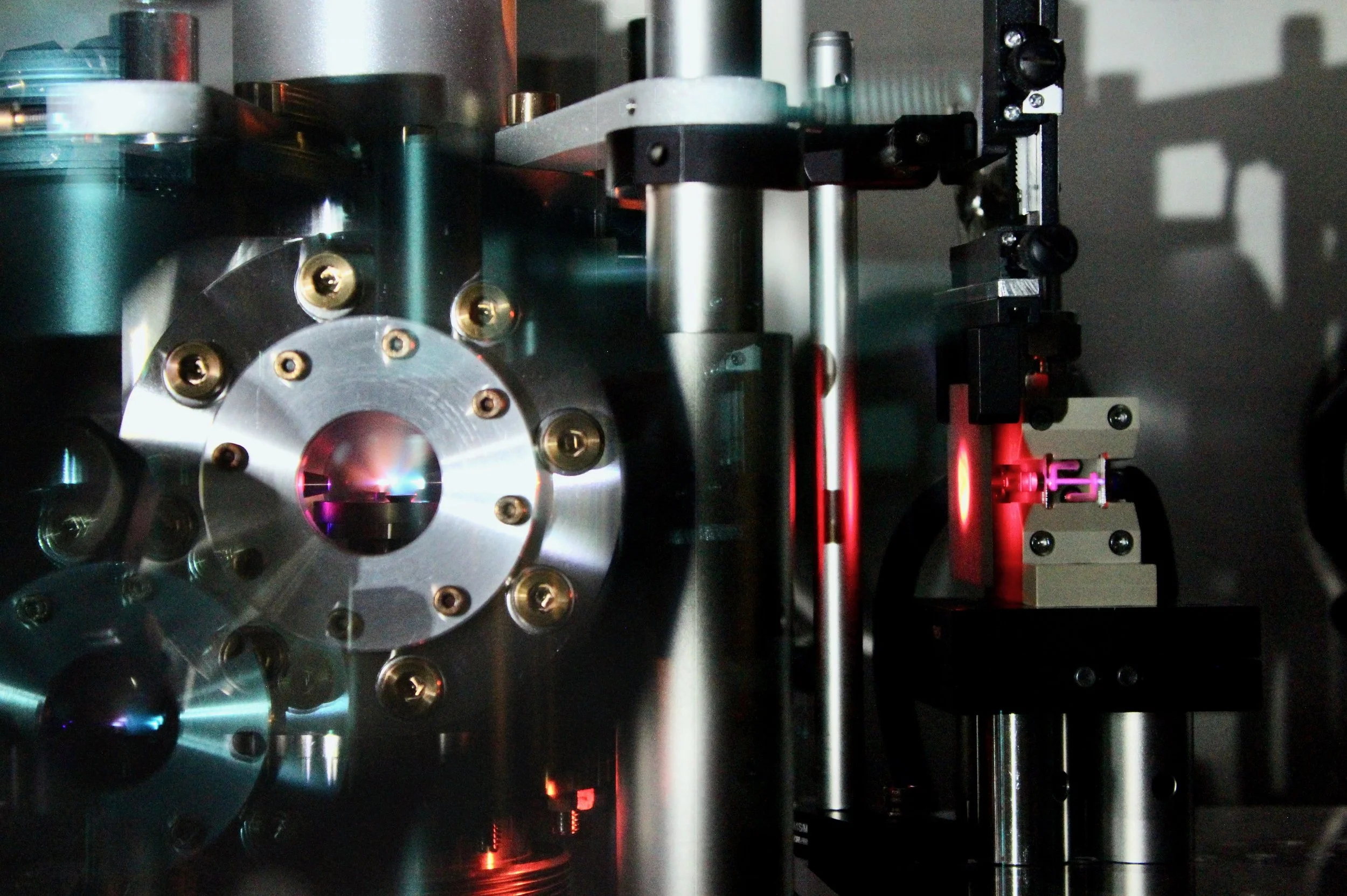
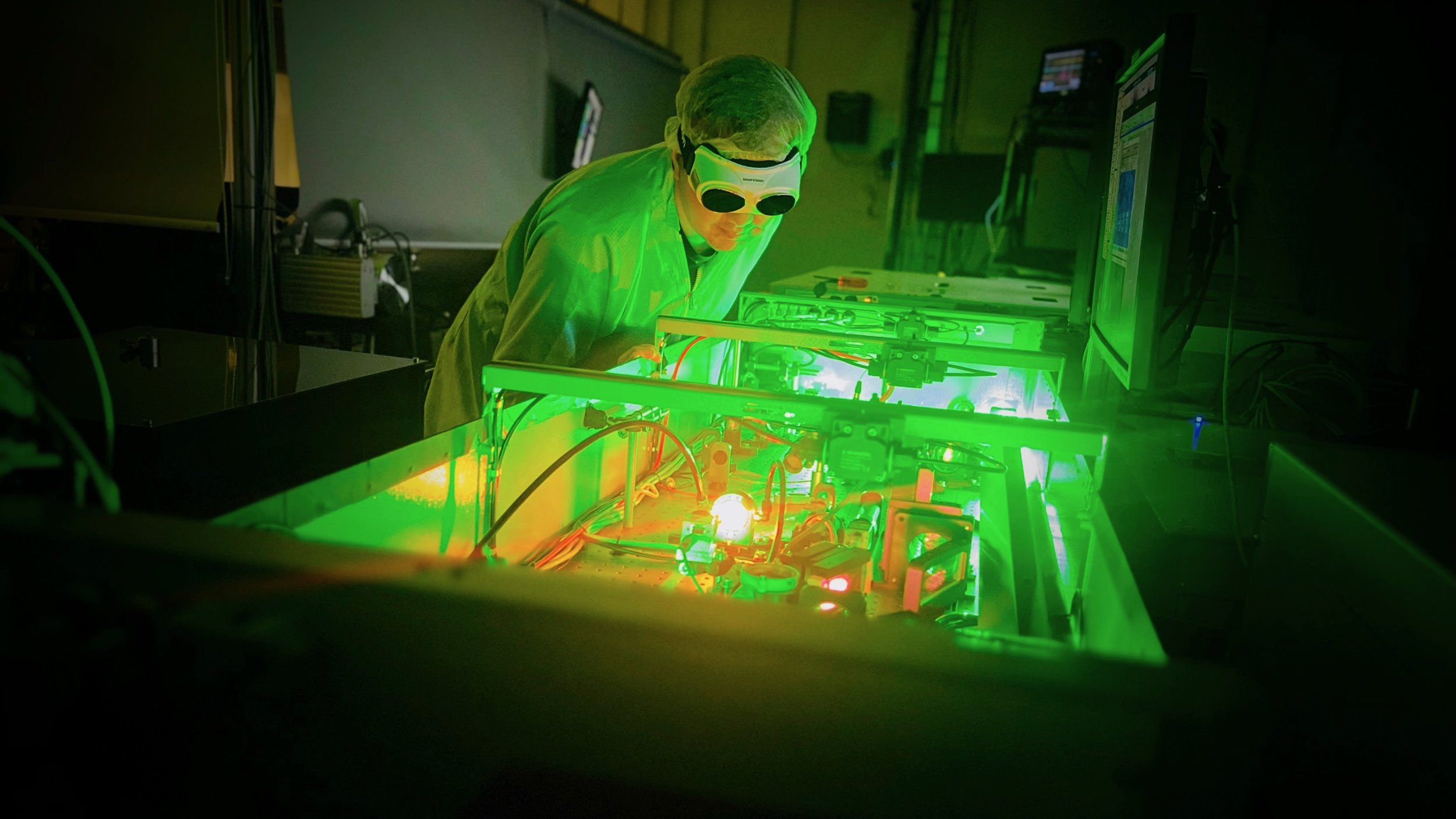

Research
Research
To advance the fundamental understanding of plasma accelerators and mature the technology towards applications we want to precisely understand and meticulously control the complete acceleration process, ranging from the first photon in a laser, to the acceleration process in the plasma, all the way to the final application of the beam.
Our team covers the whole expertise required to address this challenge. With our project portfolio we advance the field of plasma acceleration on all fronts.
Learn more about our research

Theory & Simulations
Theory & Simulations
We advance the understanding of plasma accelerators and propose concepts towards new applications, from a mid-term plasma injector for PETRA IV (a Conceptual Design Report will be published soon) to a long-term plasma-based linear collider. Our work is enabled by a suite of open-source simulation tools that, in combination, cover all physics aspects of plasma accelerators and enable realistic start-to-end simulations. Developed at DESY and within international collaborations, our tools scale from laptops to the world’s largest supercomputers harnessing the Graphics Processing Unit (GPU) technology.
Point of Contact: Maxence Thévenet
Beam-driven wakefield acceleration with realistic beam properties measured at FLASHForward
Laser-driven plasma acceleration
A beam far behind the driver sees a perturbed wakefield

Laser Development
Laser Development
Most of our ambitious projects like KALDERA, require laser properties beyond state-of-the art. We therefore have the necessity to develop and build our own high-intensity-high-power drive-lasers for our accelerators. Indeed, only the accelerator’s performance provides the essential feedback which our team requires to optimize the laser to perfection.
Our team consists of well experienced laser experts and talented young minds who feel inspired by the goal to create something new and push existing boundaries. As one part of this, we explore new laser concepts by simulations and succeeding experimental demonstrations.
Point of Contact: Guido Palmer
KALDERA pre-amplifier in operation
MASUBI Frontend of KALDERA
Zoom into the KALDERA booster setup

Scientific Engineering
Scientific Engineering
To build a novel laser plasma accelerator, such as KALDERA, substantial innovations and custom solutions for electronics, mechanical components, vacuum setups and control system hardware are required. However, to establish laser driven plasma accelerators in science and industry, a transition from a prototype setup to a fully engineered and reliable machine has to be carried out.
The Scientific Engineering team consists of talented engineers and developers from various disciplines and fields. Together we develop custom hardware and transition it into industrial level assemblies to meet our high standards on performance and reliability of future accelerators.
Point of Contact: Lutz Winkelmann

Beam-driven Plasma Acceleration
Beam-driven Plasma Acceleration
Plasma wakefields driven by the space charge force of a high-intensity electron beam share a lot of physics with laser-driven plasmas, but also offer some unique advantages. Beam-driven plasma accelerators open the path to future compact and environmentally-friendly electron energy boosters extending the capabilities of existing facilities and enabling new concepts for future colliders in high-energy physics.
At DESY, the FLASHForward facility is operated in a close collaboration of the accelerator (M) and high-energy physics (FH) division, to study plasma acceleration driven by the electron beam of the FLASH FEL. Our guiding principle is to demonstrate the benefits of compact plasma accelerators while maintaining the high brightness of the accelerating bunch, which is vital for applications.
Point of Contact: Jonathan Wood
Target cell inside the FLASHForward target chamber
Plasma generation at FLASHForward
Layout of the FLASHForward beamline

High Average Power LPA
High Average Power LPA
We develop and operate a new generation of high average power plasma accelerators driven by high repetition rate laser systems. Our goal is to improve the electron beam quality and stability through a combination of advanced plasma source technology, active stabilization and data-driven optimization. To support these advancements, we tightly integrate the laser and the plasma accelerator, using state-of-the-art components for high average power LPA operation, and tailored concepts for laser delivery, vacuum systems, electron beam optics, and diagnostics.
Point of Contact: Manuel Kirchen

LPA Applications
LPA Applications
We work on developing practical applications of laser plasma accelerators. The inherent compactness of laser plasma accelerators and their remarkable beam properties make many novel applications possible. We focus on unique high-energy X-ray and few-MeV electron sources and work with various partners to develop these into novel societal and industrial accelerator applications.
Point of Contact: Kristjan Põder
Laser systems for LPA applications
CsI crystal for x-ray detection
Laser-plasma accelerator followed by an active plasma lens

High Energy LPA
High Energy LPA
Our flagship projects, like a plasma-based injector for our future PETRA IV synchrotron, as well as compact free-electron lasers, all require high-quality and high-energy electron beams and advanced plasma source technology.
We develop electron injection techniques and combine them with novel plasma waveguide concepts to extend the interaction of laser and plasma, resulting in high-energy beams from only centimeter long plasmas. Precisely controlling our structured waveguides, we manipulate the interaction of the drive-laser with these plasma structures and control the acceleration process.
Point of Contact: Rob Shalloo
Simulation of electron beam injected into a channel-guided LPA
Vacuum chamber used for plasma source protoyping
Axicon beam focus used for HOFI plasma channel formation








